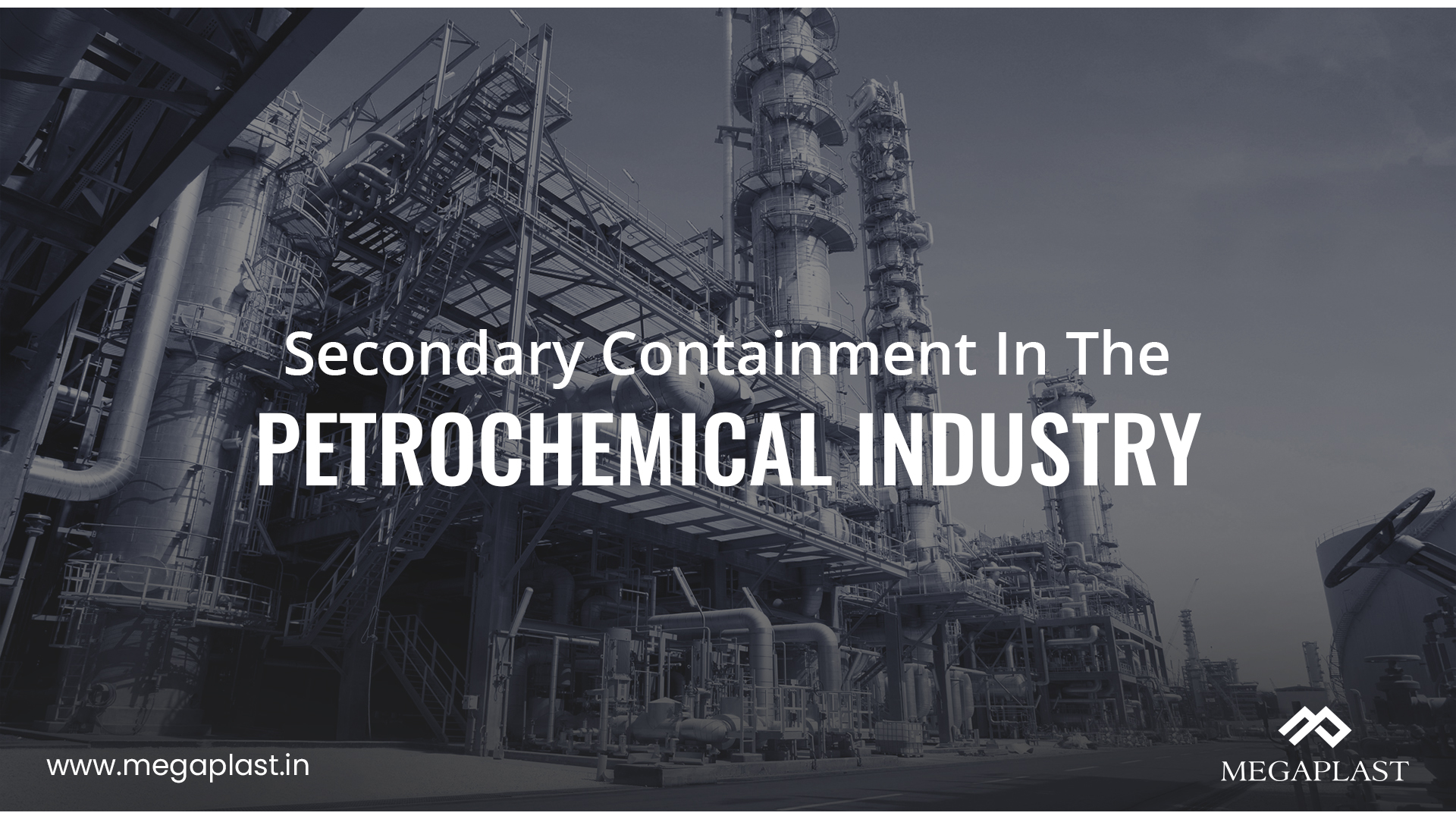
The petrochemical industry involves producing and transporting various chemicals and liquids that can pose a significant threat to the environment if they are not properly contained. Here, secondary containment comes into play. Secondary containment is the practice of providing a backup system to prevent the escape of hazardous materials in the event of a primary containment system failure. In the petrochemical industry, secondary containment is essential to ensure the safety of employees, protect the environment, and prevent financial losses due to spills and leaks.
There are several different types of secondary containment systems available, but one of the most popular options is the use of geomembranes. Geomembranes are synthetic membranes used to line the floors and walls of containment areas to prevent liquids from escaping. Two common types of geomembranes used in the petrochemical industry are LLDPE smooth geomembranes and HDPE textured geomembranes.
LLDPE smooth geomembranes are made from linear low-density polyethene and are known for their smooth surface. These geomembranes are ideal for secondary containment applications where there is a need for high chemical resistance, flexibility, and UV resistance. They are commonly used in industries such as agriculture, mining, and chemical manufacturing.
The LLDPE smooth geomembrane is specifically designed for waste containment applications that typically demand greater flexibility and elongation. With its exceptional tensile properties and flexibility, this product is an ideal solution for various waste containment applications, such as landfill caps, leach pads, and portable water containment.
HDPE textured geomembranes, on the other hand, are made from high-density polyethene and have a rough, textured surface. This texture provides additional friction and allows for better grip, making them ideal for use in sloping or vertical applications. HDPE textured geomembranes are commonly used in industries such as waste management, mining, and petrochemicals. Like LLDPE smooth geomembranes, you also have the option of Megaplast HDPE smooth and textured geomembranes.
When selecting a geomembrane for secondary containment applications, it is necessary to consider several factors. These include the chemical resistance of the geomembrane, its flexibility, its resistance to UV radiation, and its ability to withstand abrasion and punctures. It is also important to consider the testing and certification of geomembranes for use in specific applications, as well as the importance of proper installation to prevent leaks.
Improper installation of geomembranes can have serious consequences, including financial losses and environmental damage. It is essential to follow proper installation procedures to ensure effective secondary containment. This includes careful welding or bonding of seams and joints to prevent leaks.
In conclusion, secondary containment is a critical aspect of the petrochemical industry, and geomembranes are a popular choice for providing an additional layer of protection. When selecting a geomembrane for secondary containment applications, it is important to consider its chemical resistance, flexibility, UV resistance, ability to withstand abrasion and punctures, as well as testing and certification for specific applications.
We at Megaplast can help you secure the right geomembrane for your secondary containment system based on your requirements. Contact us at info@mega-group.in or call +91 022 - 6106 6000 for further information or assistance.
For more information. Please complete this form.